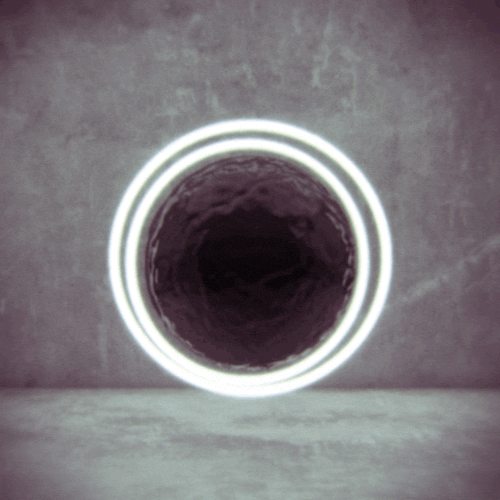Phallic Miscellanies. Facts and Phases of Ancient and Modern Sex Worship, as Illustrated Chiefly in the Religions of India

India, beyond all other countries on the face of the earth, is pre-eminently the home of the worship of the Phallus—the Linga puja; it has been so for ages and remains so still. This adoration is said to one of the chief, if not the leading dogma of the Hindu religion, and there is scarcely a temple through-out the lange which has not its Lingam, in many instances this symbol being the only form under which the deity of the sanctuary is worshipped.
Generally speaking, the Linga may be described as a smooth, round, black stone, apparently rising out of another stone, formed like an elongated saucer, though in reality sculptured from one block of basalt. The outline of this saucer-like stone, similar in form to what is called a jew’s harp, is called Argha or Yoni: the upright stone, the type of the virile organ, is the Linga. The whole thing bears the name of Lingioni. This representation of the union of the sexes, typifies the divine sacti, or active energy in union, the procreative generative power seen throughout nature; the earth being the primitive pudendum or yoni, which is fecundated by the solar heat, the sun—the primeval Lingam, to whose vivifying rays, men and animals, plants and the fruits of the earth owe their being and continued existence. Thus, according to the Hindus, the Linga is God and God is the Linga; the fecundator, the generator, the creator in fact.
Lingas are of all sizes and of various forms. Sometimes they arc extremely minute, being then enclosed in small silver reliquaries, and worn as amulets or charms upon the breast or arm. At other times they are several inches in height, as in the domestic examples, and often have the bull Sandi carved either at the end of the yoni or at the side of the emblem. The Hindus say that the bull will intercept the evil which is continually emitted from the female sacti. Upon the erection of a new village, in setting up the Linga, they are careful to turn the spout of the yoni to- wards the jungle, and not upon the houses or roads, lest ill fortune should rest upon them. These Lingams are of a much larger size than those just mentioned, being generally two or three feet in height. Early in the morning around these emblems may be seen the girls of the neighbourhood who are anxious for husbands, sprinkling them with water from the Ganges; decking them with garlands of bilwa flowers; performing the mudra, or gesticulation with the fingers, and while rubbing themselves against the emblem, reciting the prescribed incantations, and entreating the deity to make them the fruitful mother of children.
This is what is called the Linga puja. During its performance the five lamps are lighted and the bell frequently rung to frighten away the evil demons.
Extract from the introduction.

Comments